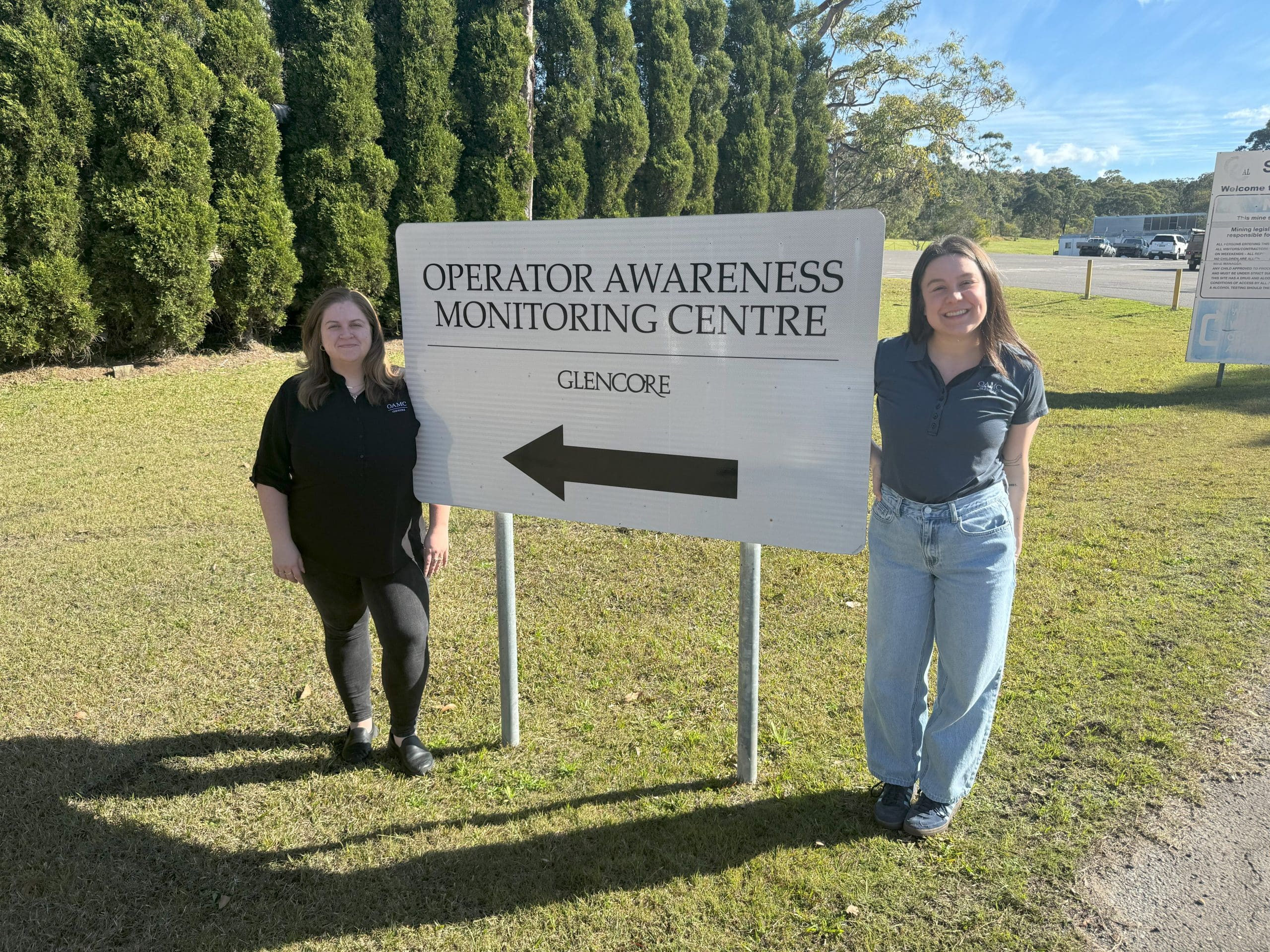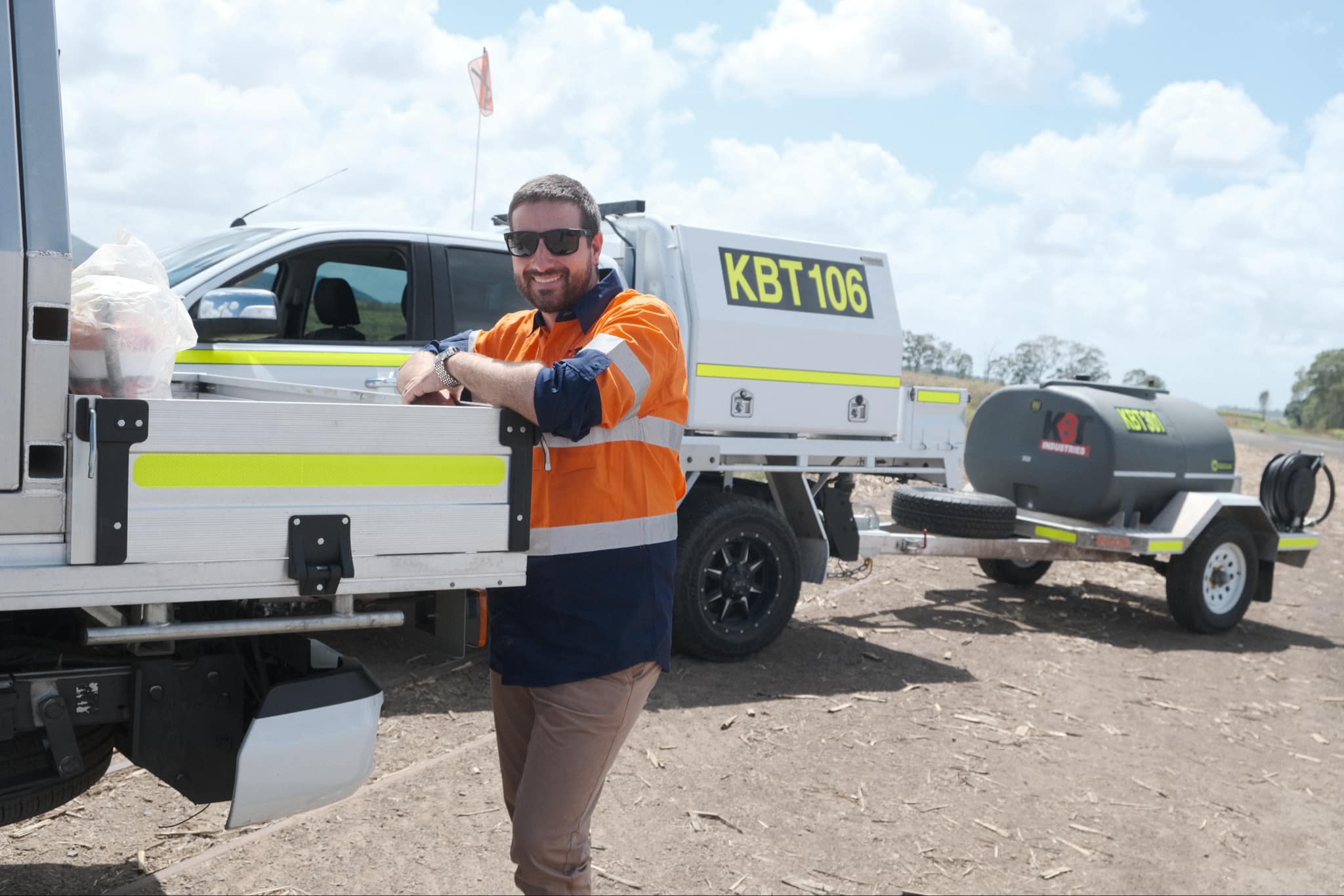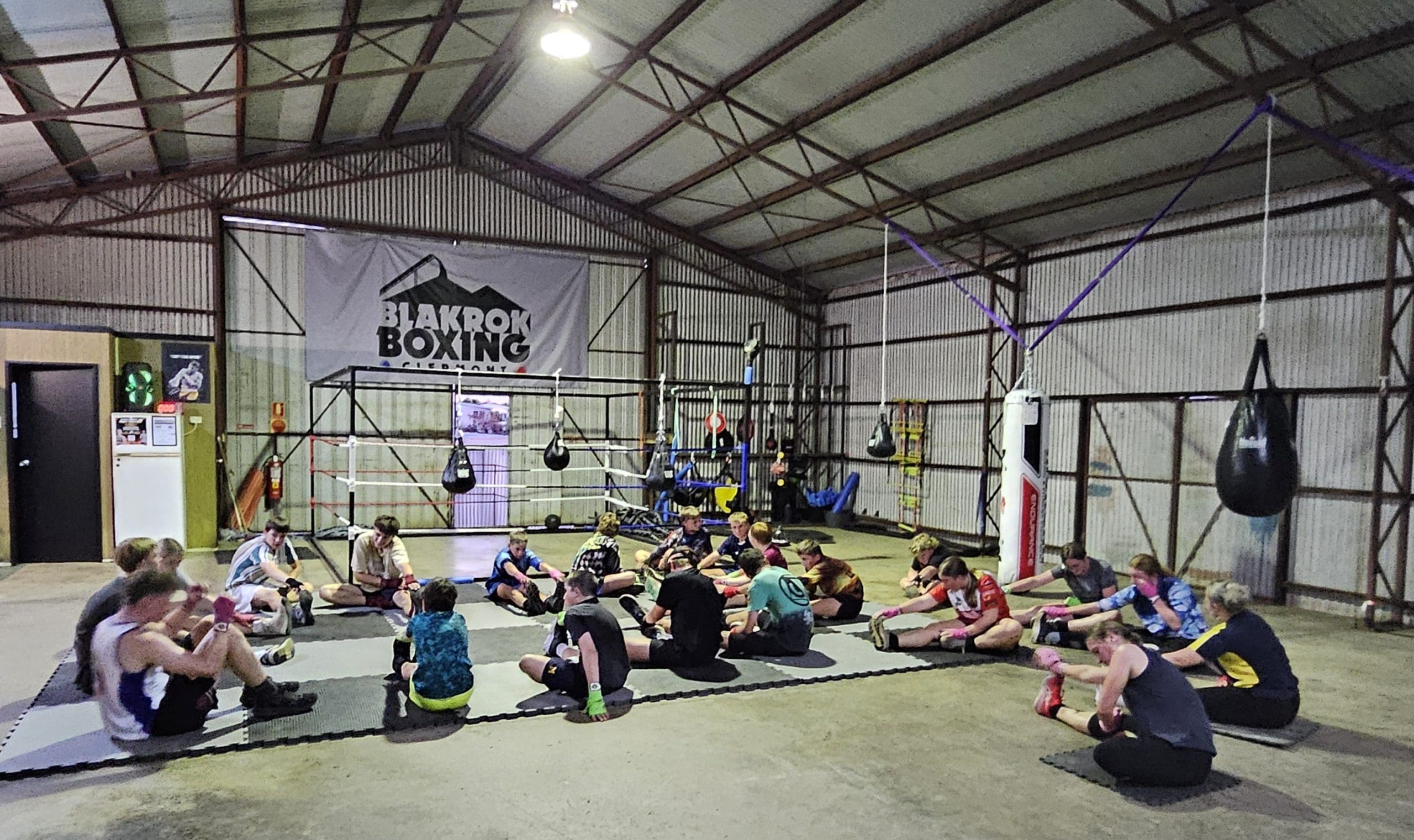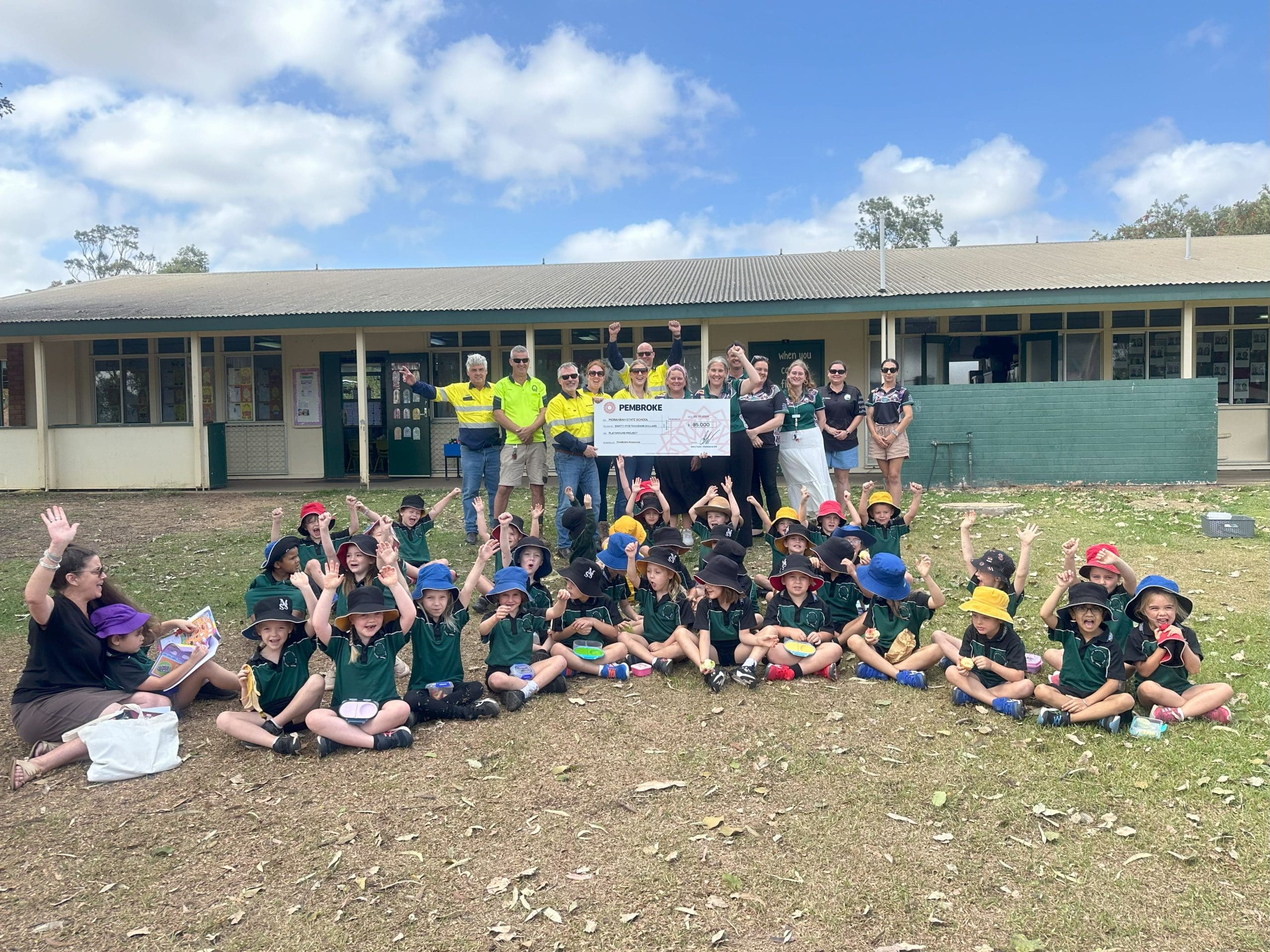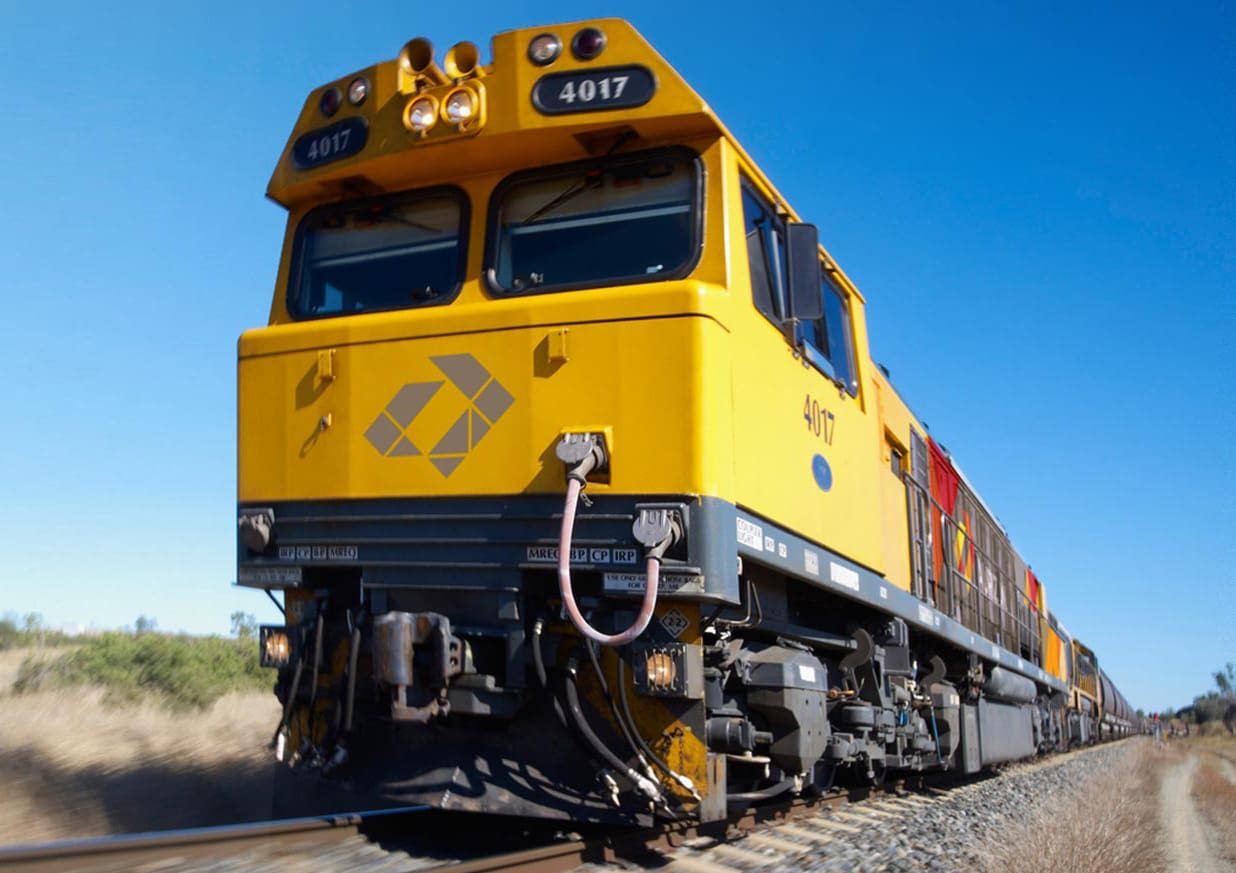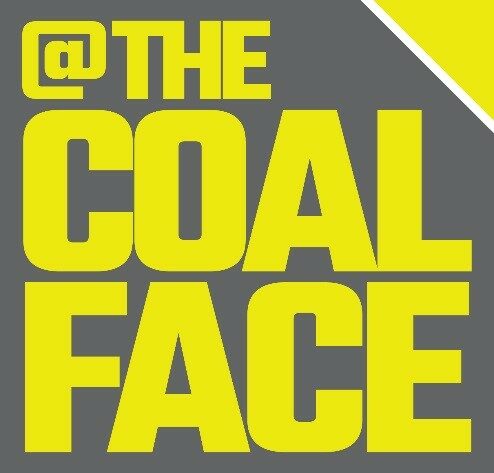Whether you’re on your first shift of the swing or your fifth, managing fitness for work should be a priority. Glencore Coal is helping their employees look after themselves through the Operator Awareness Monitoring Centre (OAMC). @ The Coalface was invited on a tour of the OAMC last month and it sure was an eye-opener!
The OAMC may be based in NSW, but it’s reach extends across a number of Glencore’s operations, which includes six sites in NSW, five in Queensland, one in WA and three in South Africa.
Operating 24/7, the OAMC monitors over 800 units across the fifteen sites, which includes haul trucks, light vehicles, water carts and service carts. Each piece of equipment has been fitted with an Operator Alertness System (OAS) for the purpose of detecting and managing operator eye closures, which is a cause of mine accidents.
“In a nutshell our ultimate goal is to reduce any sort of operational awareness issues,” OAMC Officer Shelly McKenzie explains.
“Essentially that means reducing long and moderate eye closures and that’s where the system assists.”
OAMC Supervisor Milly Walker has been working at the OAMC since its inception in August 2020 and explains how it all works.
“On each piece of equipment there is a forward-facing camera, an audible speaker, a seat vibrator, plus a few other components. The system will automatically detect an eye closure of 50% or more that is longer than a one and a half second period. If detected it will immediately activate the in-cab alarms which consist of a seat vibrator and an audible alarm.
“When an event occurs, the system sends a short video, around ten seconds, directly to us here at the OAMC. Our officers then review the footage and action it according to our Triggered Action Response Plans.
“We are able to contact and verbally communicate directly and privately to operators or site dispatch through the two-way system.”
The OAMC team is set up to manage OAS events, component failure notification, as well as provide detailed reporting to each of the sites it monitors.
“We’re here to validate the events the system sends us as the system doesn’t have the ability to understand the cause of the eye closure.
“We review the footage and often the event is simply an operational distraction such as looking at the two-way or at the dashboard. But importantly we are looking for genuine eye closures that could be signs of operator impairment or a decrease in their fitness to operate.”
“At all times we respect that person’s right to privacy,” Shelly interjects.
“Privacy is enormously important to us. Our primary focus is on making sure people are fit for work and they are operationally aware of their surroundings, so they go home safely at the end of their shift.”
“We’ve got a confidentiality agreement that goes above and beyond for all of our employees, and we treat it like a golden rule here at the OAMC. We take it very, very seriously and respect and privacy are at the core of what we do,” adds Milly.
As a visitor allowed to take a tour of the OAMC, I can substantiate that claim, having to sign extensive confidentiality agreements before being taken into the heart of the operations. It was impressive to say the least.
What is more impressive though is that since the establishment of the OAMC, there have been substantial improvements in operator awareness across Glencore’s sites.
“We have seen a significant reduction in the number and severity of eye closure events which is fantastic,” shares Milly.
“The OAMC is unique. Given we have visibility of fifteen sites we can collect all that data together and pick up on certain patterns.
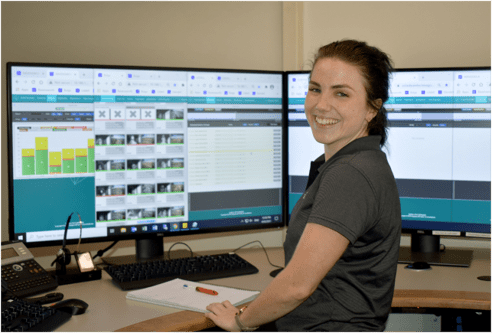
“By having this overarching view, we can hone in on areas for improvement. If we learn something at one site, we can pass it on to other sites.
“There are many things that we’ve managed to work with our sites on, plus we work closely with the system provider to enhance the system itself.
“We also provide quarterly and half yearly reporting to all of our sites to show them those improvements and that’s always very rewarding.”
Prior to working at the OAMC, Milly and Shelly were both haul truck operators, which makes the job even more gratifying for them.
“When you’ve spoken to an operator and checked in with them to make sure they’re OK and they respond with, ‘yeah, I’m fine or thanks for checking in or I really needed a break’ and then they say something like ‘I really appreciate you looking out for us’, that’s gold! You know you’re helping them to go home safe at the end of the day and that is the most satisfying thing for me,” says Shelly.
“Yes, hearing feedback is very rewarding,” agrees Milly.
“Whether it is from the operators directly or from site management. Everyone is appreciative of the service we provide. It’s really nice when you hear stories from people who are grateful for the OAS and the OAMC, in some cases the outcomes have been life changing for some operators, inside and outside of work.
“Going home, knowing that I have made a difference that shift and looked after operators makes me feel extra passionate having been an operator once myself.”
Neil Pollard, Glencore’s Surface Technology Manager, who Milly credits as the visionary behind the OAMC, sums up what he believes is the best outcome.
“Since the inception of the OAMC we’ve strengthened our monitoring and notification of the system health of OAS to site, however the real time positive communication the OAMC has with our operators in the event of an eye closure provides the biggest value,” Neil said.
“To have a person check in on you almost immediately when you might not be ok really supports the system with a human touch.
“Implementing both the OAS and the OAMC has been hugely successful in reducing our operator impairment related incidents and identifying underlying medical conditions such as sleep apnea that may have previously gone undiagnosed.
“The whole ecosystem of OAS, the OAMC, the supporting processes and the feedback loop assists with getting our people home safely to their families.”

